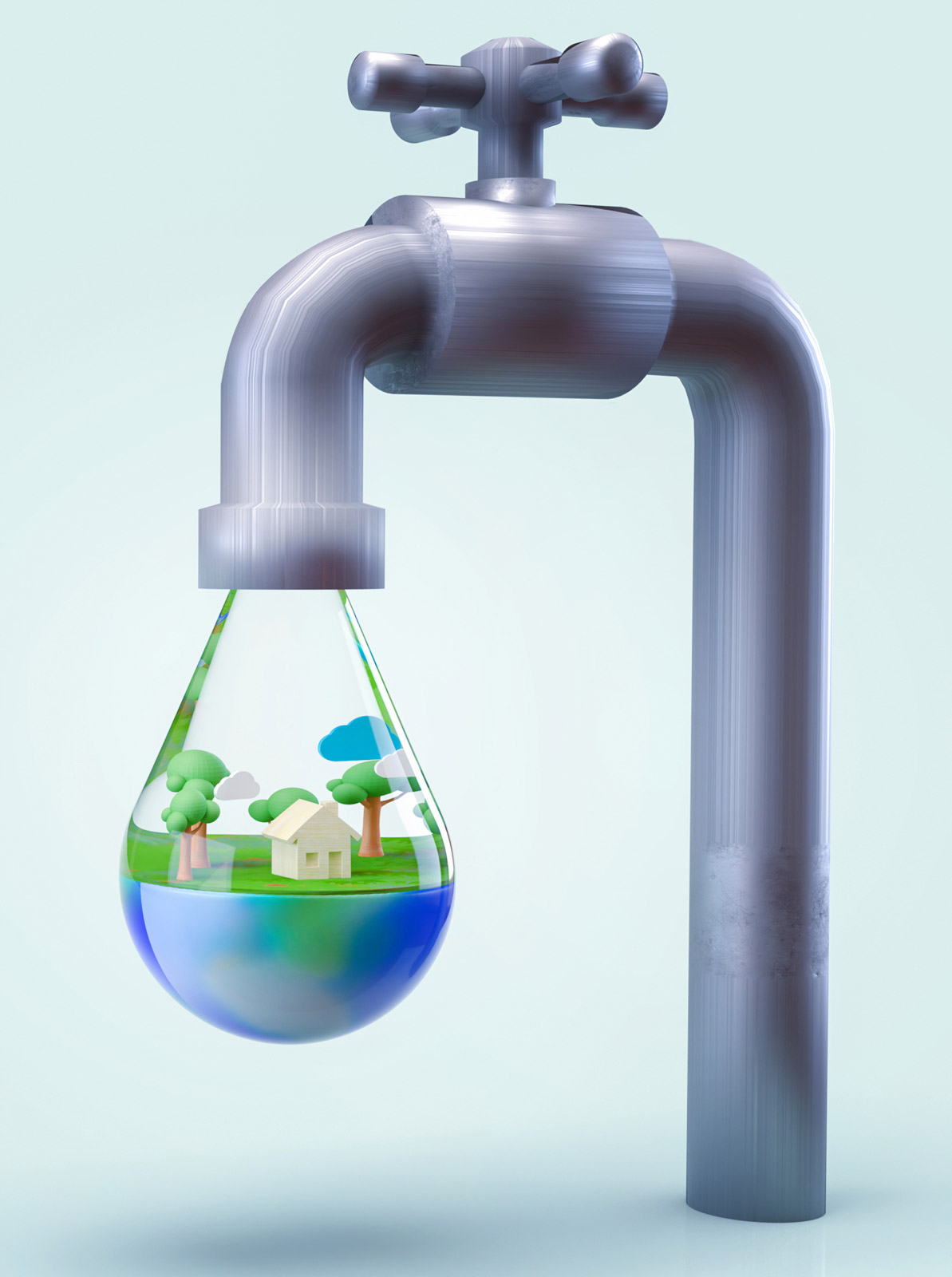Authors: Kayla Pangilinan, Ladan Karim-Nejad, Shellyza Moledina Sajwani
March 2023
Pharmaceutical pollution in waterways is a growing public health concern with far-reaching consequences for both environmental and human health (Wilkinson 2022). Given their reputation as medication experts, pharmacists are uniquely positioned to lead initiatives that may address this complex problem.
Pharmaceuticals can enter our water systems in a number of ways, commonly via household plumbing. Unused medicines that are disposed of by flushing or pouring down the drain remain a major source of concern. But a less obvious source of pollution is bodily excrements, particularly those containing the active metabolites of medicines. Upon entry into waterways, pharmaceuticals may then disseminate into streams, rivers and other bodies of water. Unfortunately, about 80% of wastewater entering the environment is untreated (Car, 2020) while treated wastewater lacks adequate filtration processes to fully remove pharmaceuticals and other contaminants (Niemi et al 2022). Consequently, many pharmaceutical products have been identified in water systems at concentrations exceeding safe levels (Wilkinson et al 2022).
Aquatic wildlife exposed to pharmaceuticals has shown evidence of harmful anatomical, hormonal and behavioural changes (Dohle et al 2013, Mezzelani et al 2018). This warrants concern for downstream effects on the food chain, the impact on surrounding ecosystems and long-term consequences of exposure. The presence of antibiotics in waterways raises concern around worsening antimicrobial resistance, which the World Health Organization has cited as one of the top 10 global threats facing humanity (WHO 2021). Some significant cases of antibiotic pollution include a river in Bangladesh with levels of metronidazole 300 times over the safe limit, as well as concentrations of ciprofloxacin exceeding the safe limit in 64 different rivers (Wilkinson et al 2021). Aside from antibiotic resistance, some studies have suggested that exposure to pharmaceuticals in the water may be linked to an increased risk of cancer, reproductive problems and other health issues (OECD, 2019)
An additional problem related to pharmaceutical pollution is the issue of plastic packaging. Once plastics reach waterways, they have the potential to injure or kill aquatic life, often by choking or entangling them. Plastic waste also has the potential of breaking down into smaller particles called microplastics, which may be ingested by fish and other marine life. Microplastics are harmful and have been associated with a range of disorders, including hormonal imbalances, developmental delays and certain cancers (Flaws et al 2020). Reducing plastic use and increasing availability of biodegradable options must be encouraged in order to counter these issues.
Some interventions to mitigate pharmaceutical pollution in our waterways include counselling patients on proper medicines disposal practices, increasing engagement with drug take-back events, advocating green chemistry and “benign-by-design” manufacturing, redistributing and recycling unused medicines, and deprescribing where appropriate. Pharmacists are uniquely positioned to lead such initiatives and can intervene in a variety of ways depending on their practice setting. Some interventions for community pharmacists include limiting “as needed” prescriptions to prevent stockpiling and thoroughly counselling patients to understand their medicines disposal needs. Within the pharmaceutical industry, pharmacists can advocate and help develop green practices. Some action items include investing in innovative manufacturing processes that reduce wastewater and emissions and developing low-waste packaging – of note, these two examples are only a fraction of the many potential solutions in this sector. In clinical practice settings such as hospitals, pharmacists can take initiatives to ensure that discharge medication lists do not contain duplicates and that proper disposal is arranged for temporary drug therapies that may have leftovers.
Pharmaceutical pollution in waterways is a multifaceted issue involving multiple stakeholders; for this reason, it is imperative that positive action is taken proactively while these interventions may still have an impact. By doing so, we can help to protect our planet’s waterways and ensure a healthier future for ourselves and future generations.
References
